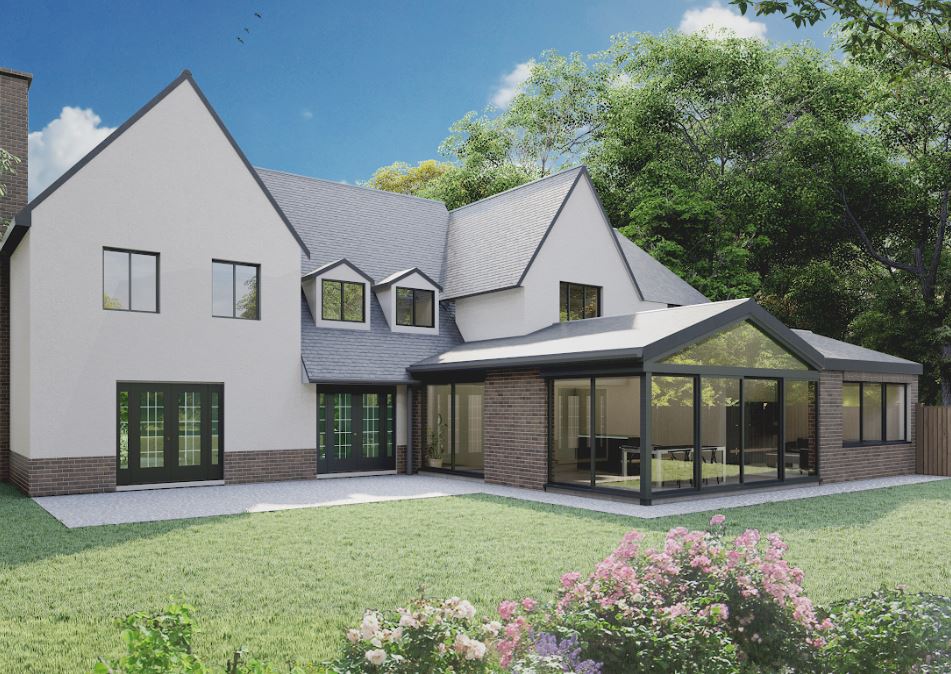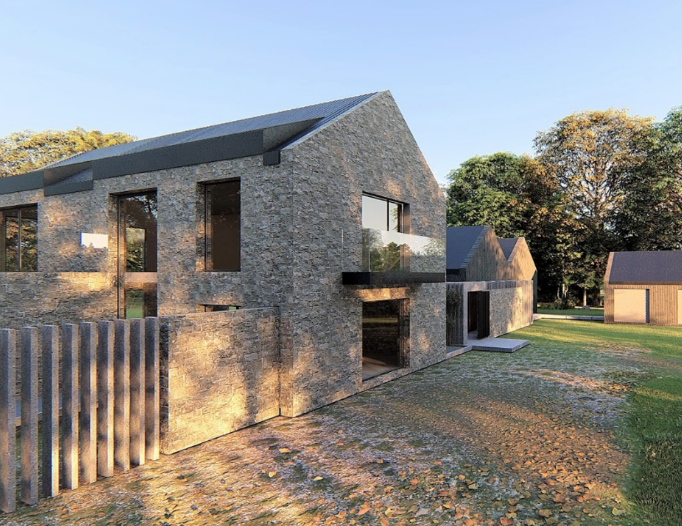
Greenbelt Planning
Find out about our greenbelt planning services!
If you have a potential planning or construction project situated within the Greenbelt, or if you are thinking to purchase a plot of land under the designation, our trusted architects have the tools and expertise to help you understand the feasibility of building within the Greenbelt. If a project seems feasible, we will guide you through the planning process, ensuring that the strict guidelines involved in greenbelt planning are followed and considered at every stage, giving you the best chance of planning approval.


History of the Greenbelt
The history of greenbelt planning dates back to the early 20th century when cities around the world began experiencing rapid urbanization.
London’s greenbelt was first established in 1938, with the aim of preserving open spaces around the city and preventing urban sprawl. It was designed to restrict development in the countryside and encourage development within the city’s existing urban boundaries.
Today, the greenbelt covers approximately 23% of Greater London’s land area and plays a crucial role in preserving the city’s natural environment. It includes areas of woodland, farmland, and other important habitats, as well as providing opportunities for recreation and leisure for Londoners.Developers seeking to build on greenbelt land must demonstrate that their proposals meet the strict rules and regulations designed to protect the environment. They must show that there are no alternative sites available for development outside of the greenbelt and that the proposed development is necessary and benefits the community.The rules also state that any development on greenbelt land must be of a high quality, designed to be sustainable, and integrated with the surrounding landscape. This means that architects must consider the natural environment when designing buildings and spaces on greenbelt land, ensuring that they are sensitive to the landscape and do not harm the environment.
Challenges to the Greenbelt
It could be argued that the scene is already changing in fact, and small changes in national policy such as the relaxation of permitted development guidelines demonstrateat a micro-level the issues that the country is now facing. However, the greenbelt has faced a number of challenges over the years, particularly in the face of increasing pressure to accommodate a growing population. This has led to calls for the greenbelt to be developed for housing and commercial purposes, putting it at risk and threatening the natural environment it was designed to protect.
For these reasons, we expect that in the coming years there is going to be a huge turnover of the current greenbelt legislation, that may inspire developers to use this land wherever possible. A relaxation of greenbelt planning constraints would not only help provide housing to the growing population, but also provides buyers with assurance that the once heavily protected land can become somethign more. In this scenario, the land available boasts a huge potential for investors, and will no doubt boost the national economy.
How likely am I to get greenbelt planning permission?
Despite these challenges, greenbelt planning remains a vital aspect of urban planning in London and beyond. By preserving areas of land around urban areas, we can help to protect the natural environment, safeguard biodiversity, and prevent urban sprawl. As architects, we must recognize the value of these spaces and seek to integrate them into our designs wherever possible, creating sustainable and livable communities that benefit both people and the planet.
If you have a greenbelt planning project in mind, speak to our specialist greenbelt architects & planning consultants today to receive a personalised quotation and outline feasibility discussion to get the ball rolling.

Steph Fanizza
Architectural Design & Team Manager

I’m highly recommending Extension Architecture for their expertise to turn around a difficult planning application that I had refused from 2 other architects and they managed to get my additional new house at the end. A 3 year journey, but it was well worth it! I cannot appreciate enough their planning knowledge, and also now we are breaking ground. Their tender pack has saved me alot of hassle in choosing material inside the house myself. Especially their kitchen design has been great and cannot wait to see it realised. Thanks for all your input so far…